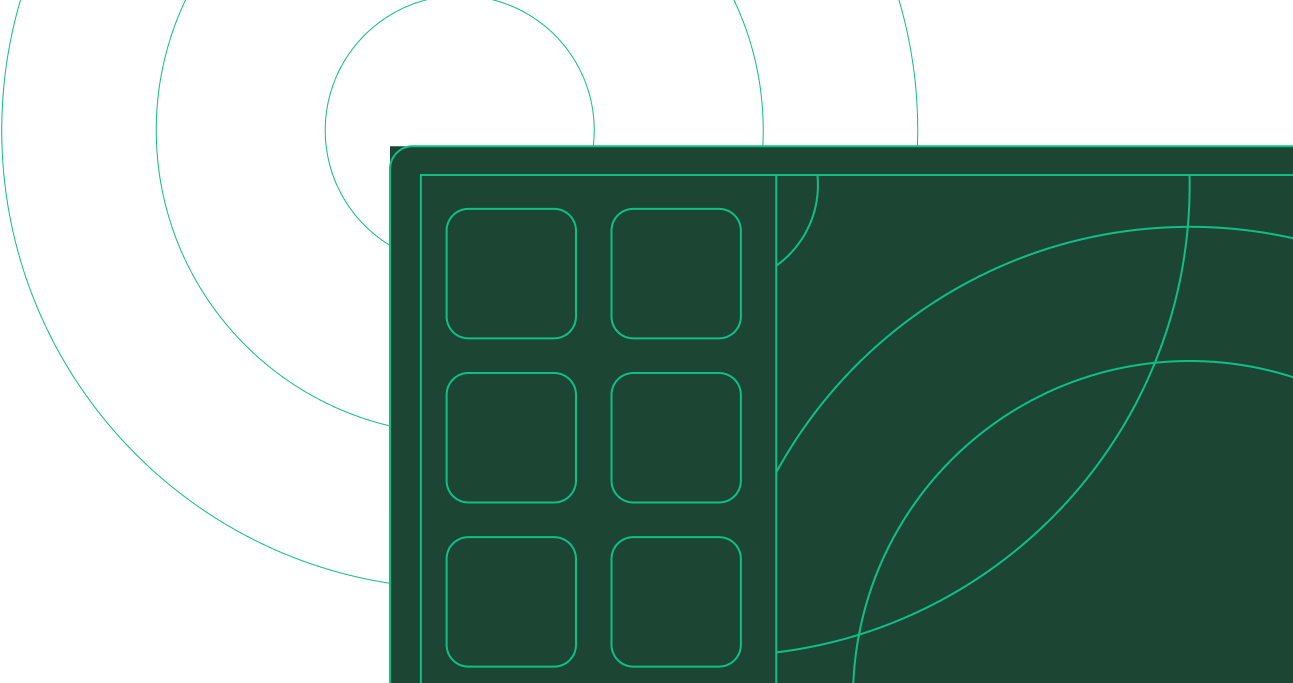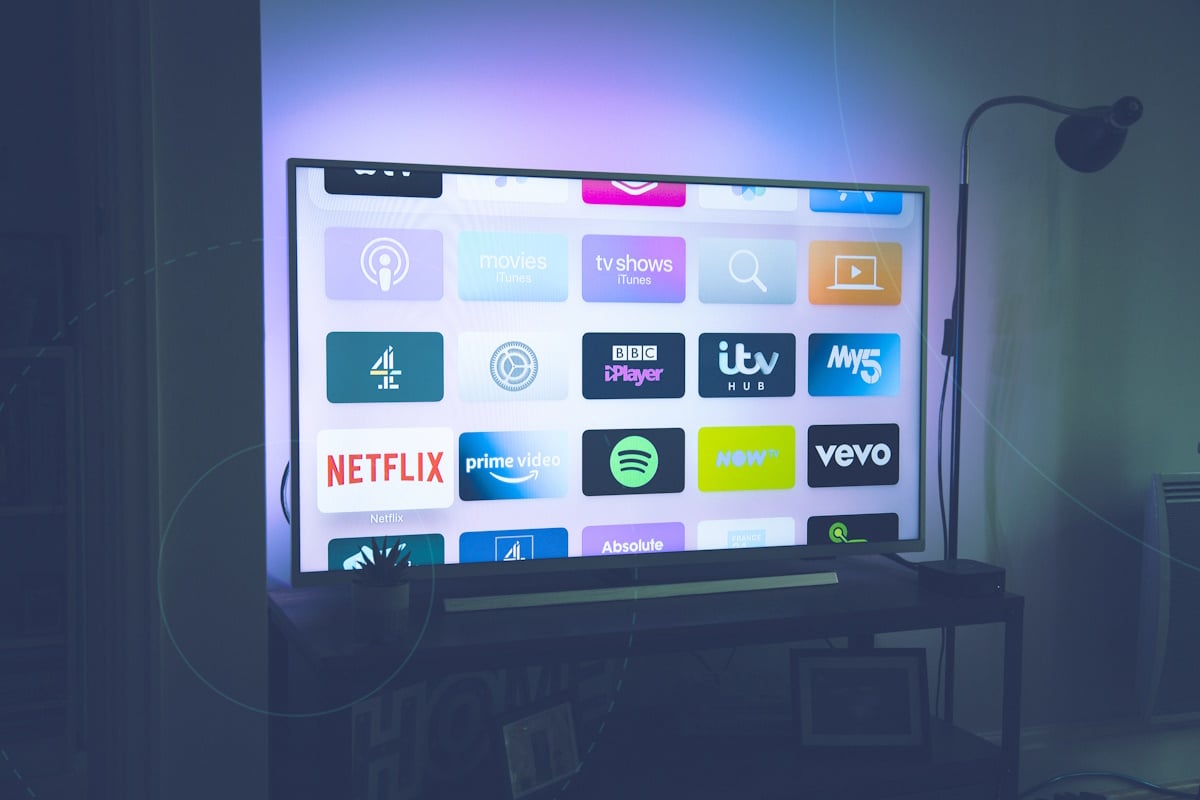Ad fatigue is killing performance in CTV. Learn how marketers are solving the frequency problem with cross-platform identity, smarter bidding, and better data collaboration.
Connected TV (CTV) has transformed how advertisers reach audiences, offering smarter targeting, household-level data, and the kind of precision that traditional linear TV could never deliver. But even as CTV matures and grows more sophisticated, one classic challenge remains surprisingly persistent: viewers are still being shown the same ads too many times.
The irony is that with all the targeting, tracking, and tech at our fingertips, overexposure should be a relic of the past. Instead, it’s become a modern media headache.
So, what’s going wrong? And more importantly, how are the most sophisticated marketers solving it?
The Problem: Ad Repetition & Fragmentation
55% of US households use multiple streaming services, which means a single viewer might encounter the same ad across several different apps in a single night.
From a viewer's perspective, it's annoying. From a marketer's point of view, it's costly. Repeated exposure beyond a certain point not only plateaus in effectiveness, but also backfires. Viewers tune out, brands lose favor, and budgets bleed inefficiencies.
But this isn’t just a matter of poor scheduling or tired creative. It’s a structural issue rooted in the fragmented nature of the CTV ecosystem.
Many campaigns span:
- Direct publisher deals
- Programmatic platforms
- Linear TV extensions
Each piece runs in isolation, with separate frequency caps and reporting systems — none of which communicate.
Recent data shows that just 8-15% of households exceeded their intended frequency cap, but those households accounted for 42-60% of total impressions. That means one household can easily hit its frequency cap on one platform and still receive more impressions from others. This creates a lopsided delivery pattern: a small segment of viewers gets bombarded, while others barely see the ad at all.
Even campaign averages can mislead. For instance, a campaign might report a tidy average of 3.5 impressions per household, but that number could be skewed by a handful of viewers being served 10+ ads while large segments of the audience remain untouched.
Without cross-platform insight, these blind spots remain hidden until it’s too late and performance suffers.
The Solution: Cross-Platform Frequency Management
Solving ad repetition and fragmentation requires more than technical fixes. It calls for better visibility, smarter controls, and deeper collaboration across the CTV ecosystem. Here’s how leading marketers are solving the frequency challenge in CTV today:
1. Establish a universal view of the household.
The foundation is identity. Without a shared identifier that spans platforms, it’s impossible to track how often a single household is seeing your ads across various sources. By using cross-platform identity graphs, advertisers can stitch together a cohesive view of exposure at the household level — not just within isolated platforms.
2. Bring frequency controls into the bidding layer.
Setting a cap isn’t enough if you can’t enforce it before placing a bid. Modern solutions are pushing frequency management earlier in the media-buying process — ensuring that if a household has already reached its limit elsewhere, the bid is suppressed before the ad is ever served. This turns frequency from a passive measurement into an active optimization lever.
3. Encourage data collaboration across the ecosystem.
True frequency control requires cooperation. Demand-side platforms (DSPs), supply-side platforms (SSPs), ad servers, and publishers all need to contribute impression-level data (ideally in near real time). When exposure data is shared and identity-resolved, advertisers can make smarter decisions and avoid redundant delivery.
The Result: Smarter Delivery, Stronger Outcomes
Brands that adopt these strategies are already seeing results:
- Higher incremental reach, by redistributing impressions to audiences that haven’t yet been touched
- Lower cost per action (CPA), thanks to fewer wasted impressions
- Better user experience, with less repetition and more relevant, timely messaging
And perhaps most importantly, they’re building trust. When viewers stop feeling bombarded and start seeing value, your ads become welcome — not intrusive.
Smart capping still plays a critical role here. It’s not just about how often, but when and with what creative. A cap of “3 per 24 hours” might be ideal for an awareness campaign, while conversion-focused strategies may require tighter or more flexible limits depending on a viewer’s place in the funnel.
With the right identity infrastructure, enforcement mechanisms, and ecosystem cooperation, frequency stops being a liability and becomes a performance driver.
Precision Over Pressure
CTV offers an unprecedented opportunity for precision, but without the right controls, it can quickly turn into overkill. As the streaming ecosystem continues to evolve, frequency management will be a defining skill for high-performing media teams.
Learn how buying programmatically through tvScientific can reduce waste and boost performance.






